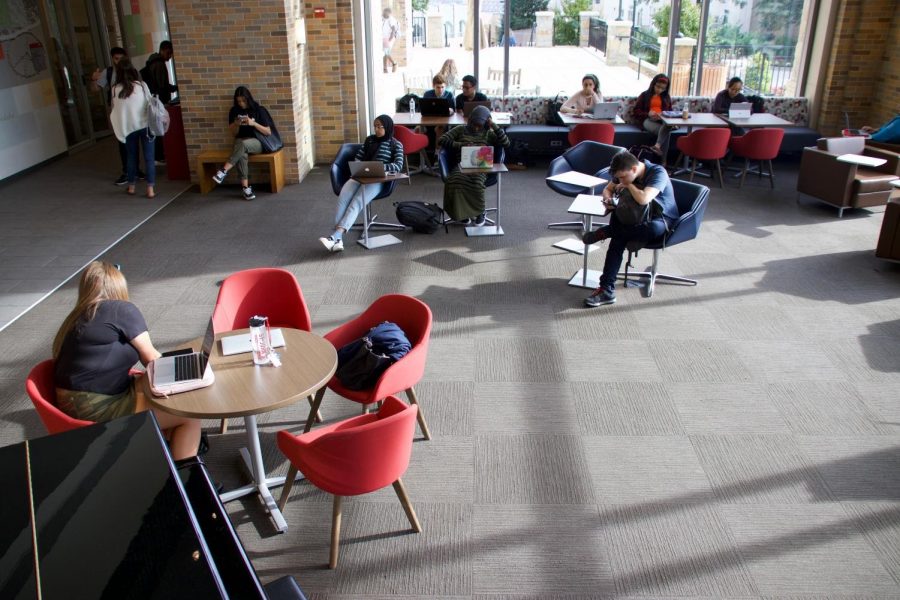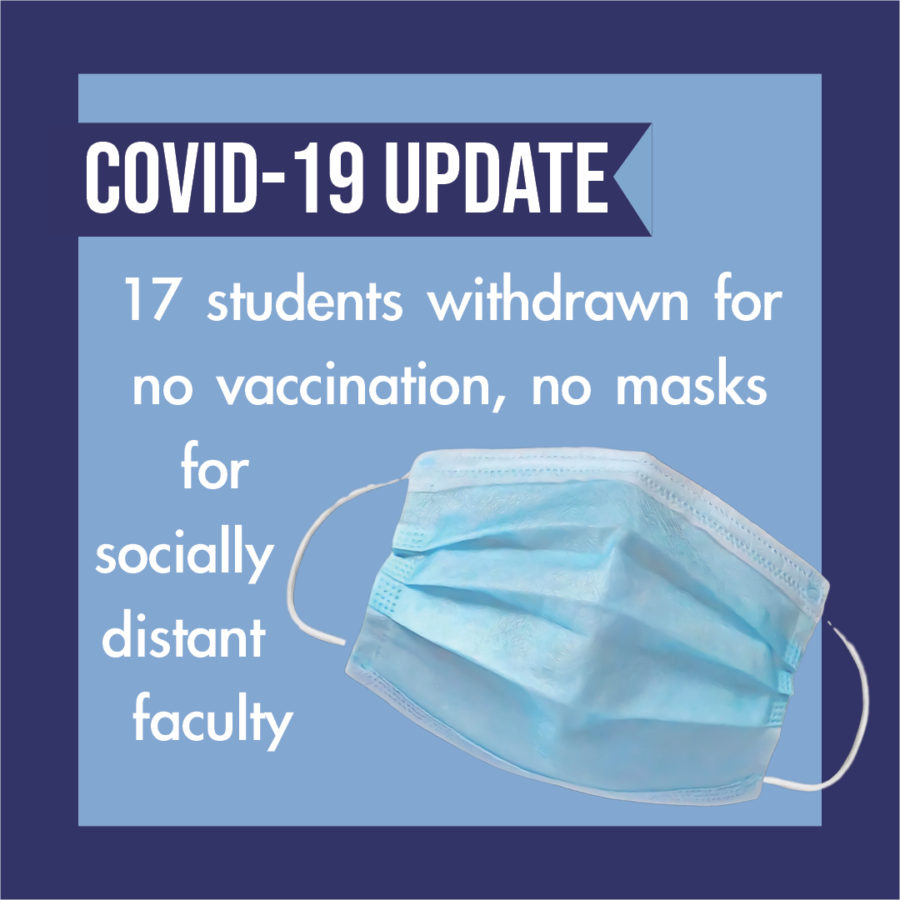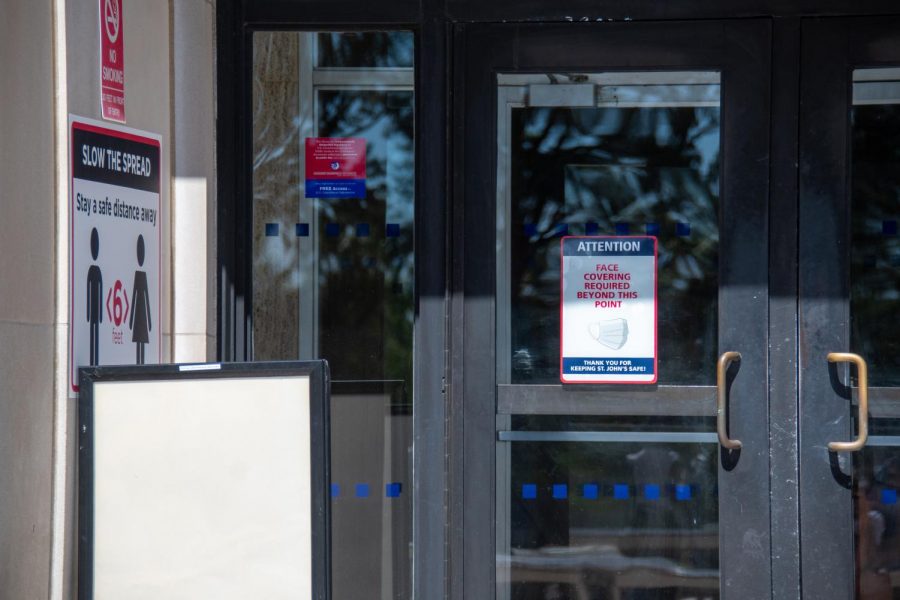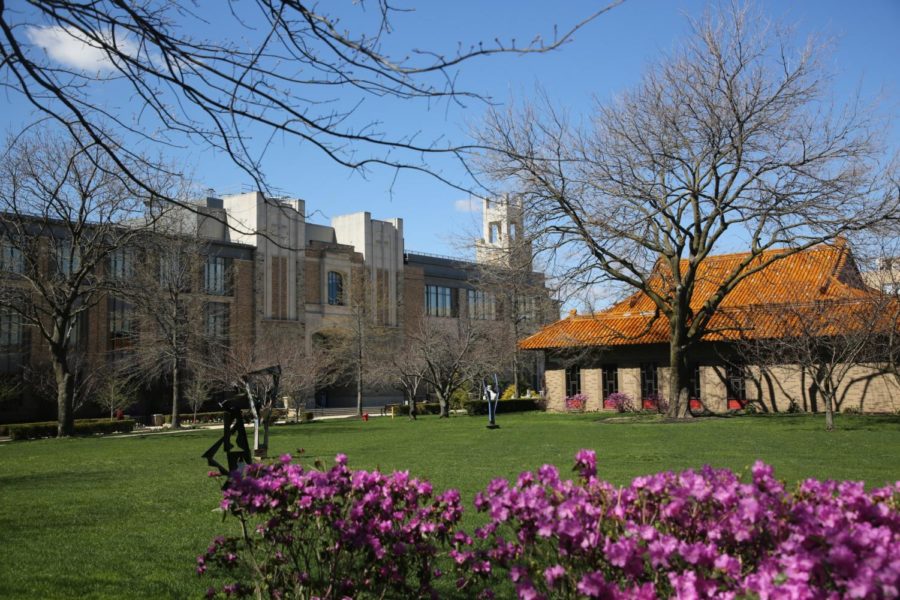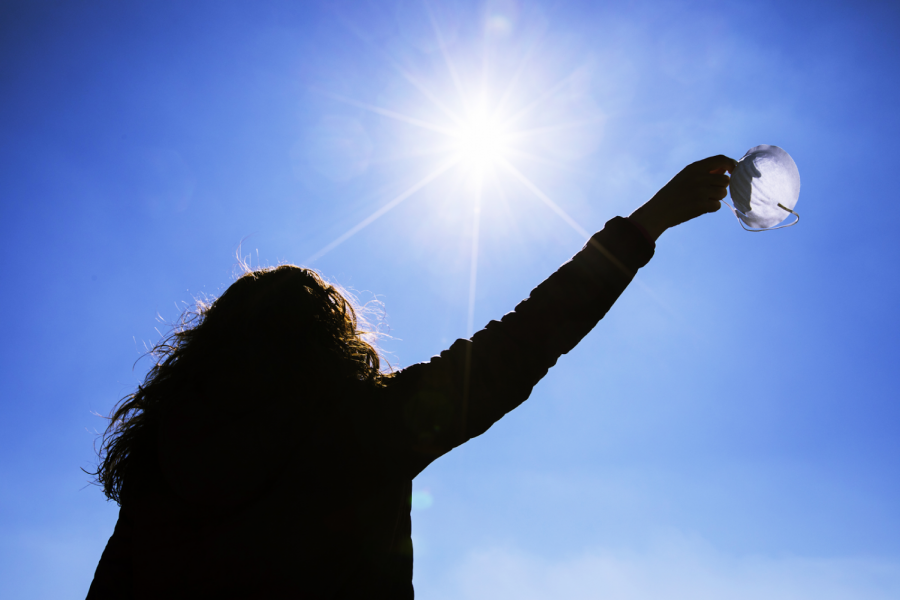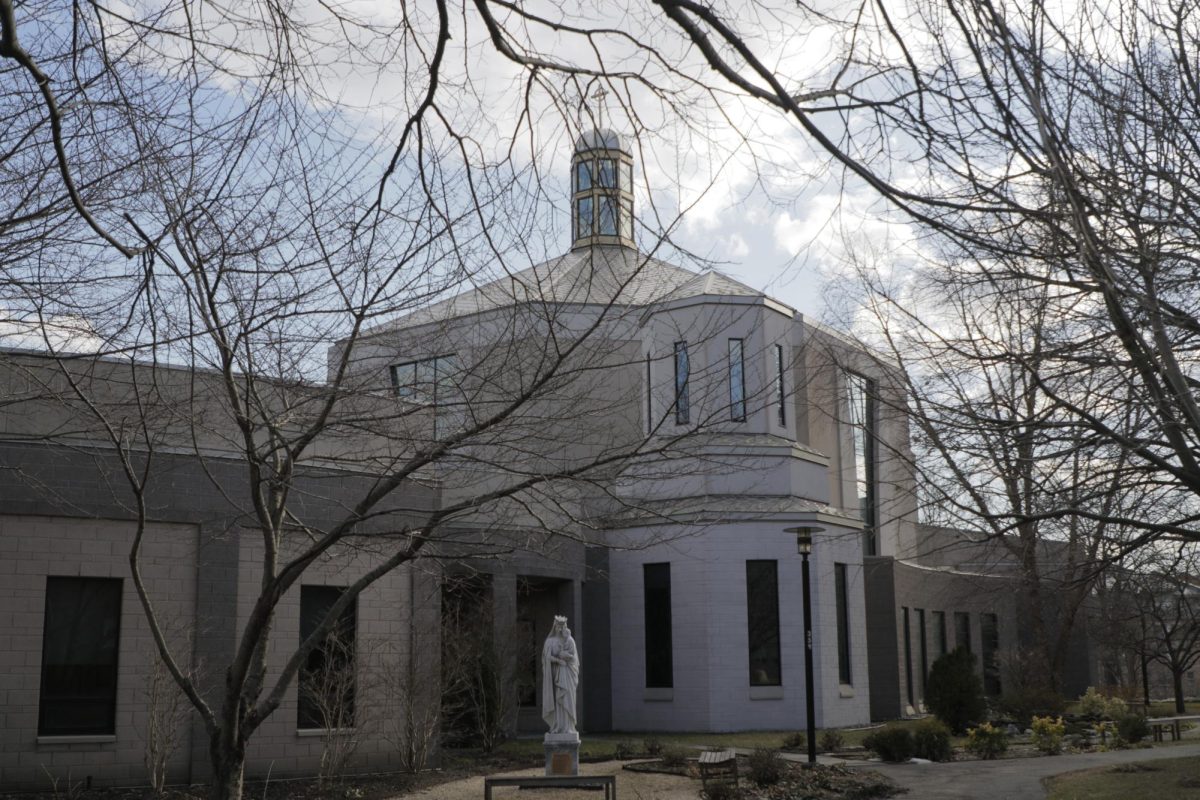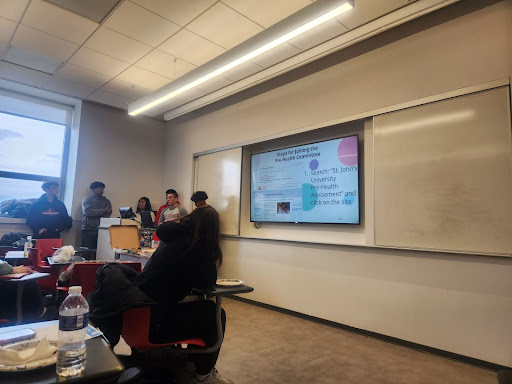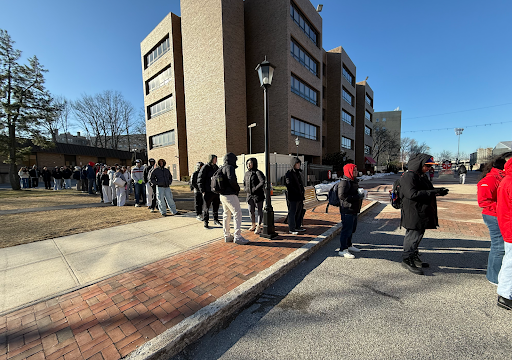The University’s plans for the fall 2020 semester, with “modifications in teaching, learning, and interacting on campus,” were outlined via internal email on Tuesday, June 16. The major changes will affect:
- The fall 2020 academic calendar
- Classes
- Residence life
- Social distancing and face masks
- Hygiene and cleaning
Guidelines for reopening institutions of higher education during Phase 4 of reopening New York State were released by the Governor’s Office this weekend and can be found here. These guidelines include both mandatory guidelines and recommended best practices.
“The University is now in the process of reviewing the latest guidelines and working towards the implementation of our own ‘Return to Campus’ planning document,” University Spokesperson Brian Browne told the Torch via email.
THE FALL 2020 ACADEMIC CALENDAR
The academic calendar for the fall 2020 semester has been revised, with classes now beginning on Monday, Aug. 24, a week earlier than previously scheduled. In-person classes will terminate the week of Nov. 16 – students will not return to campus or the residence halls following Thanksgiving break. Final Exams and Assessments will be conducted remotely through Dec. 8. The only holiday on the Academic Calendar for the fall 2020 semester will be Election Day (Nov. 3).
More information on the revised fall academic calendar can be found here.
CLASSES
According to the June 16 email, classes will be offered in “a combination of on-campus face-to-face courses, courses in a hybrid format, as well as online classes,” with classrooms modified to “accommodate social distancing during in-person instruction.” Students in hybrid classes will have the option between attending class on campus or remotely, “which can be synchronous or asynchronous.”
“The University is working through course scheduling and course delivery methods to comply with social distancing rules, but schedules may change as assignments are adjusted,” Browne told the Torch. “We ask for your patience during this process as we must work within the New York State and Public Health guidelines.”
Once class schedules are complete, the University anticipates that students will be able to make adjustments to their schedules. Similar to practices in previous semesters, this will be dependent on available courses, according to Browne.
“The University Freshmen Center will be communicating with students to provide information and guidance,” Browne said. “For International students, we are closely monitoring visa guidelines and will make needed changes to ensure that the schedule remains in compliance.”
RESIDENCE LIFE
“The process for student housing has not changed and students will be notified of the timing of their individual housing selection. Some students have already started that process,” Browne said. “Capacity in the residence halls is subject to current enrollment needs and will be adjusted to provide best practices for social distancing and safe and healthy residence living.”
Major changes include the elimination of triple occupancy rooms in residence halls to decrease density, as stated in the June 16 email.
“Dining services will be adjusted to meet NYS guidelines for social distancing,” Browne said.
Residence life rates have also been adjusted to reflect the latest tuition rates, according to Browne. Tuition has been increased from the 2019-2020 rate of $41,900 to $43,160.
SOCIAL DISTANCING AND FACE MASKS
In order to meet public health guidelines, everyone on campus will be required to follow social distancing protocols. A limit will be placed on in-person gatherings, and alternatives to holding large meetings and events using virtual technology are being developed. Reusable cloth faces masks will be provided to students so they may follow public health guidelines.
The University is looking toward recent NYS guidelines for guidance as to when face coverings will be required:
“Some language shared in the NYS guidelines include[s]: ‘Any time individuals come within 6 ft. of another person who does not reside in the same residence (i.e., roommate), acceptable face coverings must be worn,’” Browne said.
NYS guidelines clarify that, “this provision should not be construed to require physical distancing among roommates or to require face coverings be worn while inside an individual’s residence.
In a May 25 email to the University community, president Gempesaw noted that the University would be working with “health organizations in developing a testing and contact tracing plan and designating a facility on campus for quarantine purposes.”
Browne identified St. Vincent Hall as the residential building designated for quarantine and isolation purposes. No students will permanently reside in this building.
“It is important to note the difference between testing and screening,” Browne said regarding the aforementioned testing and contact tracing plan. “Testing is an actual administered medical test and screening is answering pointed questions regarding medical status, travel history, health and wellness, etc.”
NYS guidelines for testing and contact tracing for higher education include that employees reporting to work on-campus must be screened on a daily basis, though students will not be required to be screened on a daily basis, rather they may be screened periodically as determined by the University.
HYGIENE AND CLEANING
To meet CDC and DOH requirements, the University will “implement increased cleaning and sanitization protocols,” according to the June 16 email.
Hand sanitizer stations will be available across campus. Increased awareness for the importance of proper hygiene practices will be present through the use of signage throughout campus. University staff will be “provided with personal protective equipment, cleaning supplies, and disinfectants.”
The University expects to have a plan ready in the event of another outbreak of COVID-19.
“Per NYS guidelines, all colleges and universities must have a plan to adjust operational activity in the event of another outbreak of COVID-19,” Browne said.
“St. John’s University — using lessons learned from earlier this year, best practices and public health guidelines — will have a plan ready for the continuity of academic instruction,” Browne continued. “Our comprehensive plan will include which operations will be decreased, scaled back, ramped down, or shut down and which operations will be conducted remotely; and include a process to conduct orderly shutdown if necessary.”
The June 16 email clarifies that, while this is the current plan, the federal, state and local COVID-19 guidelines may lead the plans to change during the summer. Additional updates will be provided as the semester draws nearer. More information on the University-related coronavirus updates can be found on our coronavirus landing page.
If you enjoyed reading and would like to continue reading more articles like this, please consider donating to the Torch here to support student journalism and #KeepTheTorchLit. Make sure to sign up for our newsletter where we keep you updated on all things St. John’s, and more!



